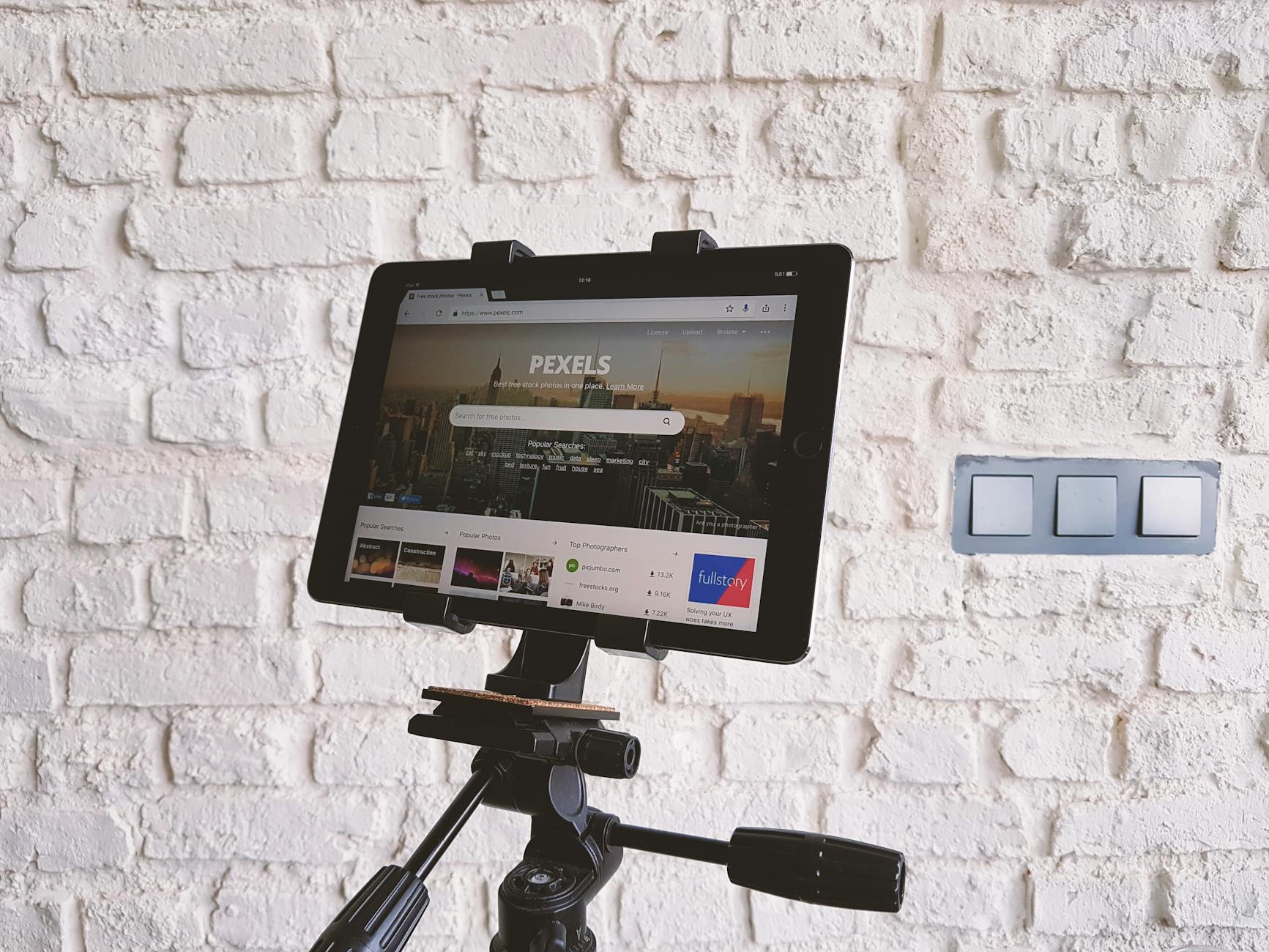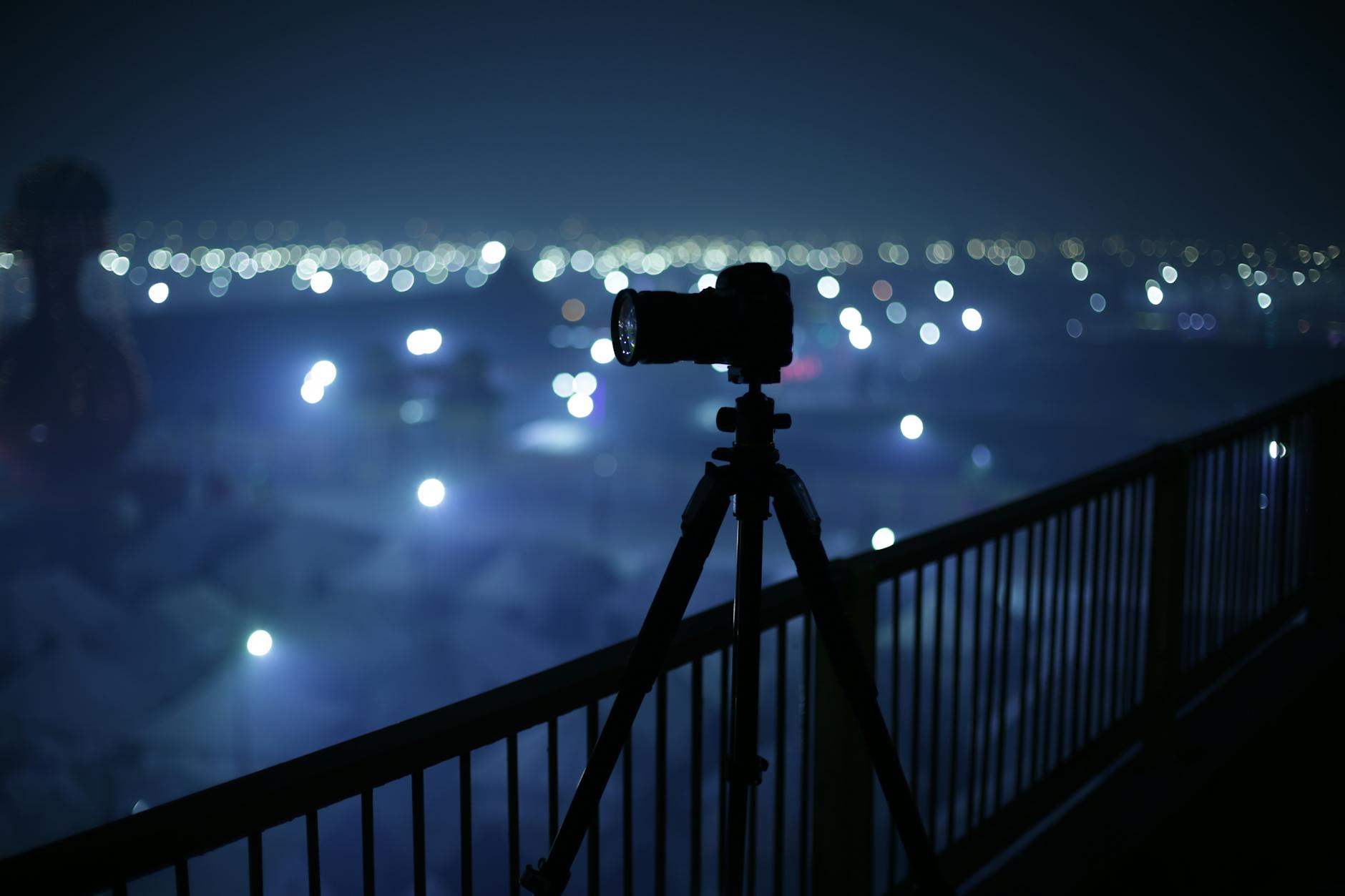Are Night Vision Cameras a Game-Changer for Australian Rescues?

Introduction to Night Vision Cameras
Night vision cameras have become indispensable tools in wildlife monitoring, offering a unique perspective to observe the activity of animals in environments like the Australian outback. Whether you're a conservationist in Cairns or an animal caretaker at the RSPCA Brisbane Animal Care Campus, these cameras can significantly enhance your ability to conduct thorough and efficient monitoring.
How Night Vision Works
The utility of night vision cameras rests in their ability to capture images in low-light conditions by utilizing infrared technology. This technology employs infrared light to illuminate an area, which is then detected by a special sensor in the camera to create a visible image. Unlike traditional cameras that require sunlight or artificial light, night vision cameras work independently of external light sources. This makes them ideal for nocturnal wildlife monitoring, offering an unobtrusive method to observe animals without interference.
Types of Night Vision Cameras
There are several types of night vision cameras to consider, each suited to different applications. From smart watch kids systems that offer compact and portable solutions, to robust trail cameras designed for outdoor use, the variety accommodates both casual and professional use. Some options even include camera wireless features for ease of installation and real-time data transmission, a must-have for conservationists and wildlife managers alike.
Night Vision vs. Traditional Cameras
When comparing night vision to traditional cameras, the advantages of night vision are evident. Traditional cameras struggle in low-light conditions and often require the use of flash, which can be disruptive to wildlife. In contrast, night vision models provide seamless observation capabilities without startling sensitive species. This natural approach maximizes the integrity of wildlife data collection, which is critical for informed decision-making in conservation efforts.
Benefits for Wildlife Monitoring
Enhanced Nocturnal Observation
In the quiet stillness of the night, monitoring activities can be challenging. Night vision capabilities in devices like the mini WiFi camera offer an incredible opportunity for effective nocturnal observation of wildlife. These compact devices can capture detailed footage without disrupting the natural behavior of animals. With advancements catering specifically to these environments, observing nocturnal creatures such as gliders or sugar gliders in their natural habitat near places like the South Bank Parklands becomes more feasible.
Minimizing Human Interference
One of the significant advantages of incorporating technology like the USB charger camera in wildlife monitoring is the minimization of human interference. Stakeholders are increasingly looking for ways to observe without intruding, ensuring animals remain undisturbed and safe. These cameras can be subtly positioned without altering the surroundings while still allowing for accurate data collection, which is essential for conservation efforts.
Improving Data Collection Accuracy
Accurate and reliable data collection is crucial, especially when dealing with the delicate ecosystems of Australia. The precision of cameras such as the mini WiFi cam allows conservationists to compile data diligently, enhancing the insights derived from monitoring activities. Having consistent, high-quality footage supports the development of strategies to protect endangered species effectively.
Utilizing these technological advancements, we empower wildlife professionals with tools that facilitate crucial insights without compromising the integrity of the natural environment. The integration of such devices helps address challenges linked with traditional monitoring methods, fostering a more sustainable approach to conservation.
Application in Australian Rescues
Locating and Tracking Wildlife
Wildlife conservationists in Australia face unique challenges, particularly when it comes to locating and tracking animals in expansive, diverse habitats. Night vision cameras have become indispensable tools for this purpose. For those deeply invested in environmental monitoring, selecting a trail camera that balances durability and advanced features is critical. It's essential to visit reputable places—perhaps check out a camera store near me—to physically assess the quality of different models. These cameras support conservation efforts by allowing the monitoring of nocturnal activities without disrupting the natural behavior of animals.
Supporting Rescue Missions
In the context of rescue operations, night vision cameras play a pivotal role in safely and effectively locating distressed wildlife. By employing advanced imaging technologies, rescuers can act swiftly to aid animals in need, which is particularly beneficial in densely vegetated or rugged terrains. These cameras not only capture footage at night but also provide detailed visual data that informs critical decision-making during rescue efforts.
Case Studies and Success Stories
Numerous examples highlight the efficacy of night vision technology in wildlife conservation throughout Australia. For instance, rescue teams have successfully utilised these cameras to track endangered species, aiding their recovery and ensuring their protection. Anonymously shared footage has also been used to educate and engage the community in local conservation work, showing firsthand the importance of these technological tools in safeguarding our wildlife. Meanwhile, it's also valuable to know when to evaluate the security of your devices. Should concerns arise like “how do I know if someone is tracking my phone,” having an eye for security ensures that your work remains focused on conservation.
Empathy-driven advice flourishes in an environment where technology supports the compassion of conservationists, much like how the RSPCA Brisbane Animal Care Campus does wonders in animal welfare.
Challenges in Implementation
Environmental Durability
In my experience, one of the significant hurdles in implementing surveillance systems for wildlife monitoring is ensuring their environmental durability. Monitoring devices are often exposed to harsh conditions, from rainforests to arid plains, demanding equipment that can withstand these diverse environments. It's crucial to consider rugged cameras designed for resilience, possibly even specialized home hidden camera systems that offer discretion without compromising durability. Small, unobtrusive options like the smallest spy camera have emerged as practical tools in certain settings, provided they can endure the elements while capturing high-quality data.
Technical Limitations
Another pressing concern is the technical limitations of surveillance technology. Many cameras lack the advanced features needed for comprehensive monitoring, such as long battery life or high-resolution imaging in low-light conditions. It's also essential to address connectivity issues, as remote locations often challenge stable data transmission. Here, selecting devices with reliable communication capabilities and power efficiency becomes paramount.
Ethical Considerations
Balancing effective monitoring with ethical practices is a subject that weighs heavily on my mind. The use of hidden cameras, even for conservation purposes, must respect the natural behaviors of wildlife, avoiding any form of disruption or invasion of habitat. Engaging in transparent discussions about ethical guidelines ensures that conservation efforts don't inadvertently harm the very species we're striving to protect. Through ongoing dialogue and thoughtful implementation, we can continue monitoring environments responsibly, aligning with Lachlan’s focus on the sustainability and protection of Australian wildlife.


